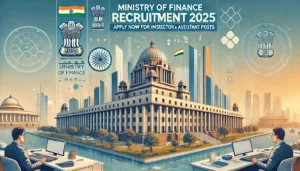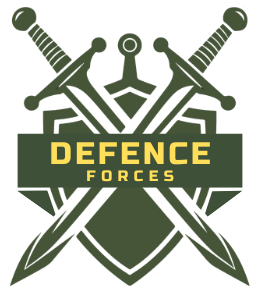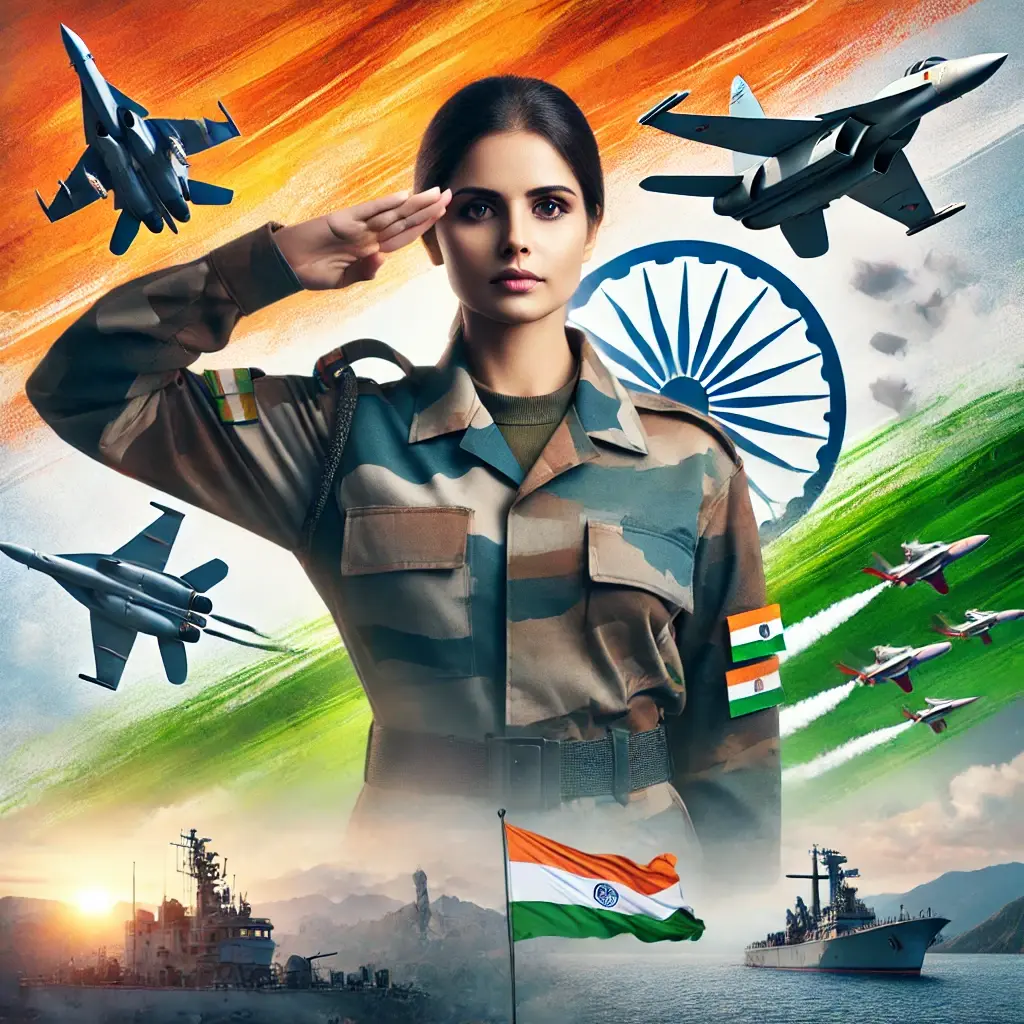The inclusion of women in Indian Defense Forces marks a significant step towards gender equality and empowerment. Over the years, Indian women have risen to prominent roles within the armed forces, shattering stereotypes and proving their capabilities. Their journey has been one of determination, resilience, and remarkable achievements.
Table of Contents
The Evolution of Women’s Role in the Armed Forces
The participation of women in India’s defense sector has been a gradual process. From supporting roles during World War II to achieving positions of leadership today, their journey is inspiring.
Key milestones include:
- 1942: Establishment of the Women’s Auxiliary Corps (India) during World War II.
- 1992: Women began joining the Indian Armed Forces as Short Service Commission (SSC) officers in non-medical branches.
- 2020: The Supreme Court granted Permanent Commission to women officers in the Army.
These milestones have expanded opportunities for women and established a more inclusive defense structure.
Roles of Women in Indian Defense Forces
Women now serve in various challenging and essential roles across all branches of the armed forces. Their contributions span combat support, logistics, and even high-stakes operations.
Indian Army
- Combat Support Roles: Engineers, signals, and logistical operations are vital areas where women excel.
- Aviation Corps: Women officers operate helicopters in challenging terrains.
- Permanent Commission: Women can now serve long-term in multiple branches, breaking earlier constraints.
Indian Air Force (IAF)
- Fighter Pilots: Since 2016, women have been flying fighter jets, marking a historical shift.
- Transport and Helicopter Pilots: Vital roles in disaster relief and critical missions.
- Inspiring Icons: Officers like Flight Lieutenant Avani Chaturvedi and Flight Lieutenant Shivangi Singh have made significant contributions.
Indian Navy
- Maritime Reconnaissance: Women pilots fly advanced aircraft like the P-8I Poseidon.
- Submarine Roles: Women are now part of submarine crews, a recent and noteworthy development.
- Technical Operations: Women handle key technical and logistical tasks essential for naval missions.
Challenges Faced by Women in Defense
Despite significant progress, women in the armed forces encounter unique challenges. Addressing these will pave the way for a more inclusive environment.
- Limited Combat Roles: Not all branches fully integrate women into direct combat.
- Gender Bias: Societal stereotypes still question women’s capabilities in defense.
- Work-Life Balance: Military roles often demand long hours, affecting personal lives.
- Infrastructure Needs: Gender-specific accommodations are still limited in remote postings.
Remarkable Achievements of Women in Defense
Women in Indian defense forces have consistently demonstrated excellence and courage. Their achievements are a source of inspiration:
- Gunjan Saxena: The “Kargil Girl” who served during the Kargil War.
- Captain Tanya Shergill: First woman Parade Adjutant at the Republic Day Parade.
- Sub Lieutenant Shivangi: The first woman pilot in the Indian Navy.
- Avani Chaturvedi: Among the first women fighter pilots in the IAF.
These trailblazers showcase the growing impact of women in defense roles.
Future Prospects for Women in the Armed Forces
The road ahead looks promising as the armed forces embrace reforms and diversity.
- Combat Roles Expansion: Policies are gradually evolving to include women in all combat operations.
- Training Opportunities: Advanced training programs are designed to prepare women for leadership and technical roles.
- Leadership Growth: More women are expected to occupy top positions in the defense hierarchy.
- Global Collaboration: Partnerships with international militaries help adopt best practices for gender inclusion.
Such initiatives highlight the commitment to fostering a more balanced and capable defense workforce.
Why Women’s Inclusion Matters in the Armed Forces
The integration of women into the armed forces isn’t just a matter of equality; it strengthens the military in several ways:
- Enhanced Diversity: Brings fresh perspectives to problem-solving and operations.
- Increased Talent Pool: Attracts highly skilled and qualified individuals.
- Inspiration for Society: Motivates young girls to pursue careers in traditionally male-dominated fields.
Women’s inclusion symbolizes a progressive shift toward modernizing India’s defense capabilities.
Conclusion
Women in the Indian Defense Forces have proven time and again that they are capable of excelling in every role assigned to them. Their journey, marked by challenges and triumphs, continues to inspire countless others to dream big and break barriers. As the armed forces embrace gender equality, the contributions of women will play an even greater role in shaping India’s military future.
Recent Posts
- Indian Air Force Recruitment 2025: Apply Now for Agniveervayu (Sports) Intake 02/2025 17 February 2025
- CISF Recruitment 2025: Apply for 1124 Constable/Driver & Other Posts – Check Eligibility, Salary & Selection Process 11 February 2025
- Indian Navy Recruitment 2025: Apply Online for 270 Vacancies – Check Eligibility, Salary & Selection Process 11 February 2025
- Indian Army Recruitment 2025: Apply Now for 381 Vacancies Before 05 February 19 January 2025
- Ministry of Textiles Recruitment 2025: Apply for Junior Weaver, Junior Assistant, and Other Posts 19 January 2025
Indian Air Force Recruitment 2025: Apply Now for Agniveervayu (Sports) Intake 02/2025
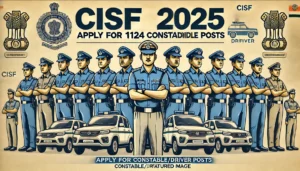
CISF Recruitment 2025: Apply for 1124 Constable/Driver & Other Posts – Check Eligibility, Salary & Selection Process
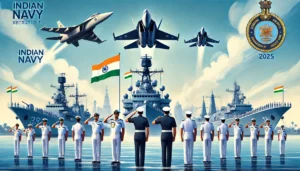
Indian Navy Recruitment 2025: Apply Online for 270 Vacancies – Check Eligibility, Salary & Selection Process
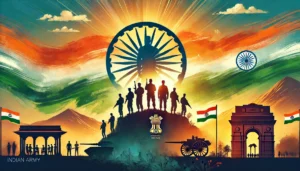
Indian Army Recruitment 2025: Apply Now for 381 Vacancies Before 05 February

Ministry of Textiles Recruitment 2025: Apply for Junior Weaver, Junior Assistant, and Other Posts
